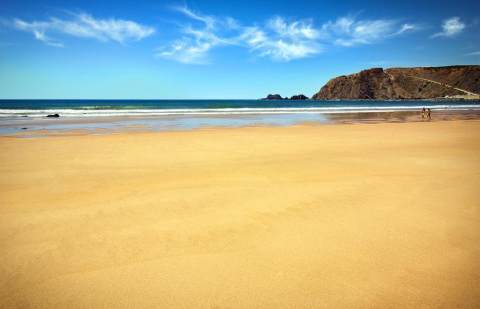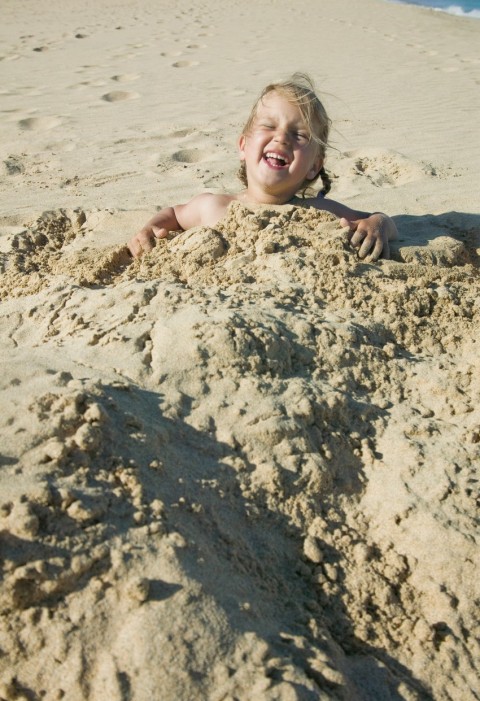
July and August are the peak seasons for tourism, and many families like to go to the beach during this time. Can you know? When you play around at the beach, there are a lot of dangers around you. What should you do then? Let's take a look at these possible dangers and save lives at critical moments.

As the seawater becomes shallower at low tide, the probability of visitors touching the seabed reef increases. The oysters exposed on the reef at the time of low tide are more and sharper. So don't climb the reef barefoot. If the scratch is mild, dispose of it yourself, rinse with saline, disinfect with alcohol or iodophor, and keep the wound clean and dry. If the wound is large and the wound is deep and damaged, the skin should be treated immediately.
According to the US CDC, in about 15 minutes, the strong ultraviolet rays on the beach will cause damage to unprotected skin. In 2013, a total of 34,000 people were admitted to the hospital due to severe sunburn. Therefore, swimming in the sea must be done with sun protection. Self-repair of sunburned skin takes at least two weeks or so, so if you take care of it, the skin after sunburn will heal itself, usually without leaving spots or scars.

Sea otters, a common marine creature, protect themselves through toxic tentacles. According to statistics, there are 150 million jellyfish scorpions in the world each year. The severity of the cases varies, and usually, the tourists who are being shackled feel only slight stinging discomfort. Although there is currently no specific medicine for treating sea lice, there are still many measures to deal with.

Many people go to the beach to play, always like to bury themselves in the sand, not only to play like this but also to bring children to play. But you know, this is very dangerous! If there is a strong tide, the whole person will be trapped in the sandpit and can't get out. It is more likely that the entire person will gradually fall into the sandpit with the trend of low tide.

Post a Comment